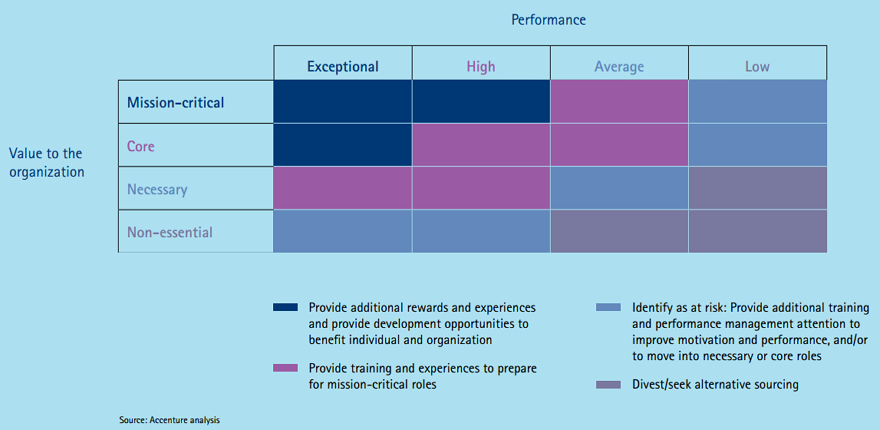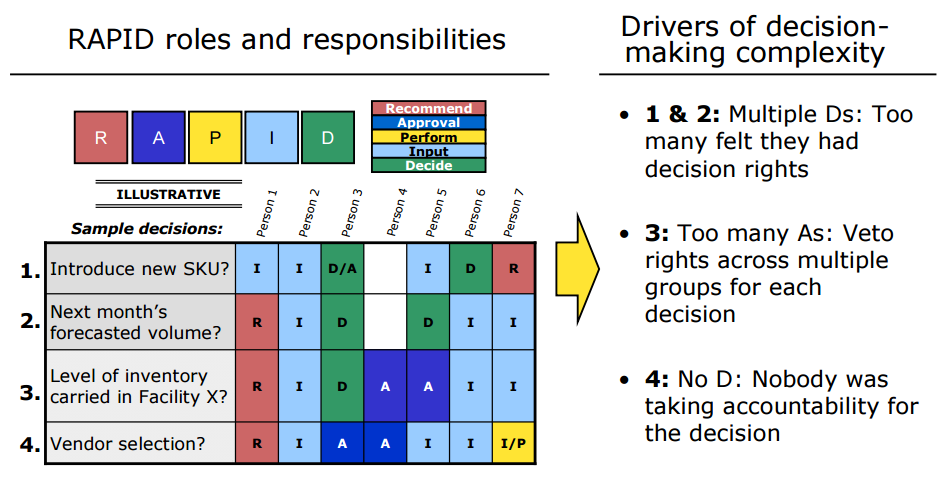Bolster Your Company’s “Innovator’s DNA”
Recent research by Christensen, Brigham Young University Professor Jeffrey Dyer and INSEAD Professor Hal Gregersen concludes that successful innovators share a set of attributes. The good news is that anyone can bolster their “Innovator’s DNA” by taking the right actions.
For example, organizations can help individuals develop their DNA by providing experiential learning opportunities such as “job swaps.” In 2008, Procter & Gamble swapped employees with … [ Read more ]
Author: Scott D. Anthony | Source: “The Innovative HR Leader” | Original Publication: Human Resource Executive Online | Subjects: Innovation, Management, Organizational Behavior


